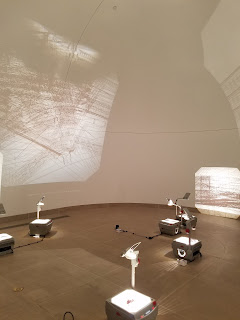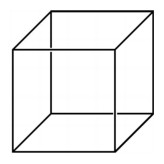Week 4 - Medicine & Art

After reviewing Professor Vesna’s lecture regarding medical technologies and art, I agree that art and medicine cannot be separated. I was most intrigued about the play of art in plastic surgery. I did not realize that plastic surgery originated during the war. A soldier who had facial reconstruction after facial injury. As BBC states, facial injuries would most likely occur due to shrapnel, causing the blast to rip a face off. It was only due to Harold Gillies that plastic surgery was developed and began facial reconstruction. Although initially, plastic surgery occurred to save lives, it is now considered cosmetic surgery. Features that could be improved through cosmetic surgery. Coming from South Korea, where plastic surgery is prevalent, I automatically connect plastic surgery to aesthetic purposes. The general population in America associates cosmetic surgery to raising the nose bone or breast implants; however, in Korea, cosmetic surgery ranges...



